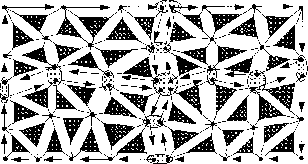
Figure 10.5: A Mesh Covering a Rectangle





Figure 10.5 shows a triangular mesh covering a rectangle, and Figure 10.6 the logical structure of that mesh split among four processors. The logical mesh shows the elements as shaded triangles and nodes as blobs. Each element is connected to exactly three nodes, and each node is connected to one or more elements. If a node is at a boundary, it has a boundary structure attached, together with a pointer to the next node clockwise around the boundary.

Figure 10.5: A Mesh Covering a Rectangle

Figure 10.6: The Logical Structure of the Mesh Split Among Four Processors
Each node, element and boundary structure has user data attached to it, which is automatically transferred to another processor if load-balancing causes the node or element to be moved to another processor. DIME knows only the size of the user data structures. Thus, these structures may not contain pointers, since when those data are moved to another processor the pointers will be meaningless.
The shaded ovals in Figure 10.5 are physical nodes, each of which consists of one or more logical nodes. Each logical node has a set of aliases, which are the other logical nodes belonging to the same physical node. The physical node is a conceptual object, and is unaffected by parallelism; the logical node is a copy of the data in the physical node, so that each processor which owns a part of that physical node may access the data as if it had the whole node.
DIME is meant to make distributed processing of an unstructured mesh almost as easy as sequential programming. However, there is a remaining ``kernel of parallelism'' that the user must bear in mind. Suppose each node of the mesh gathers data from its local environment (i.e., the neighboring elements); if that node is split among several processors, it will only gather the data from those elements which lie in the same processor and consequently each node will only have part of the result. We need to combine the partial results from the logical nodes and return the combined result to each. This facility is provided by a macro in DIME called NODE_COMBINE, which is called each time the node data is changed according to its local environment.




